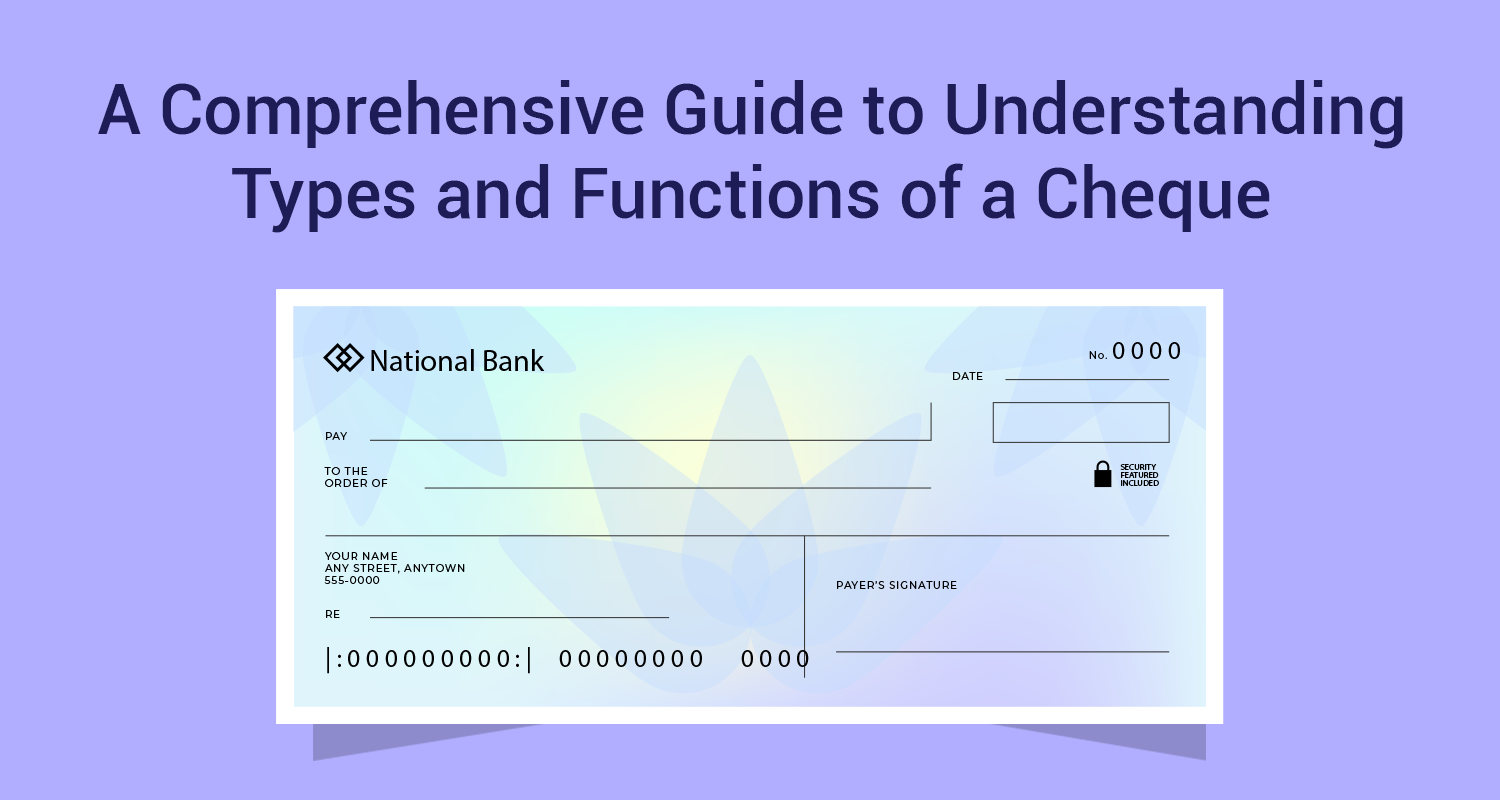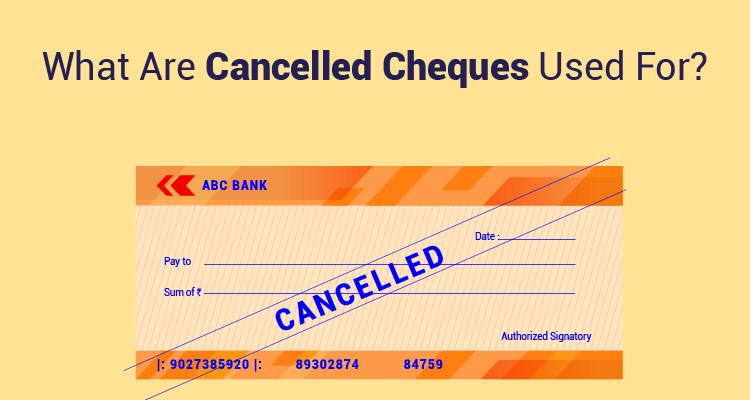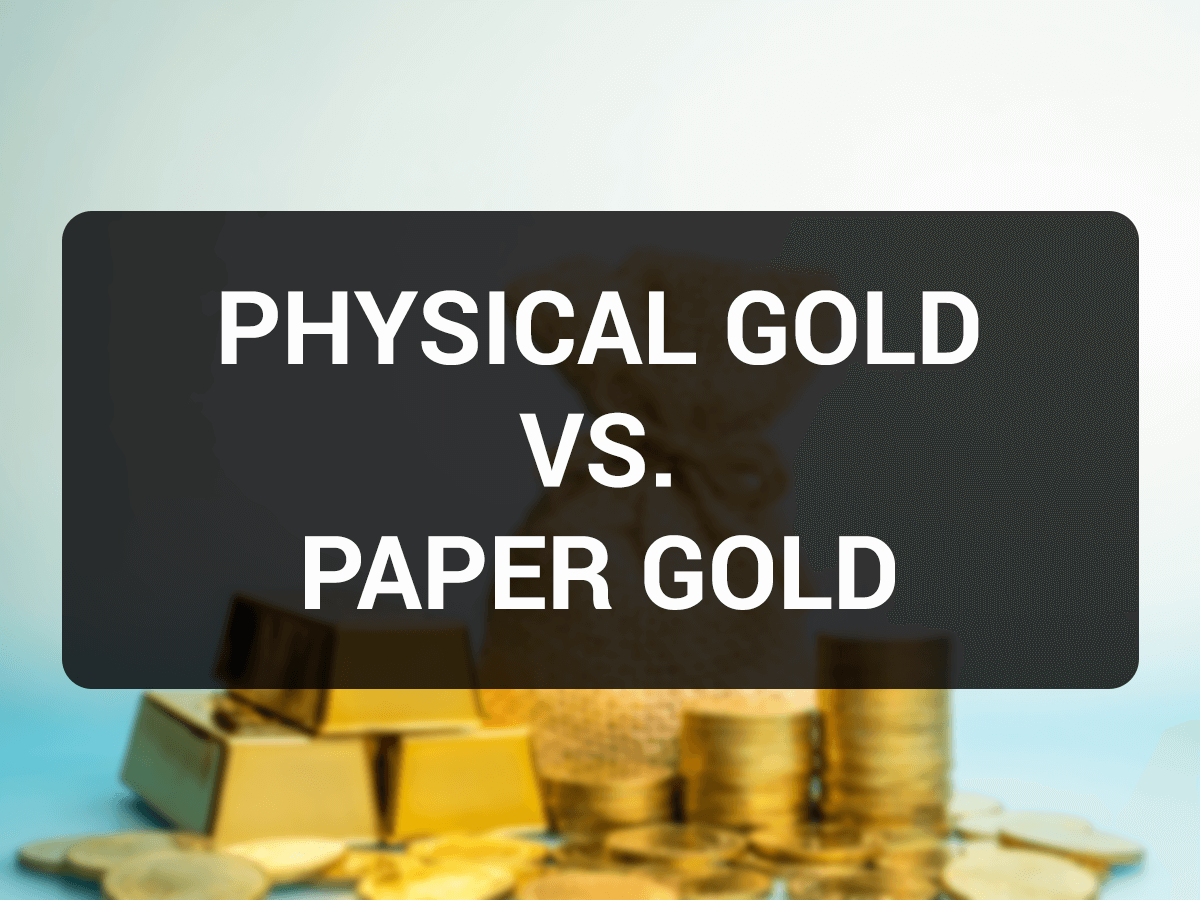What determines the price or NAV of an equity mutual fund?

The Net asset value of the fund is announced by the AMC on a daily basis. The NAV has to be announced for all the plans of all the schemes of the AMC. Typically, it is compulsory to disclose the NAV on the website by evening and that becomes the basis for investors the next day. NAV is the unit value of the fund. If the fund has issued 1 lakh units and the value of the portfolio is Rs.1 crore and the expenses are Rs.2 lakh then the NAV per unit will be Rs.98 {(1 crore – 2 lakh) / 1 lakh units}. When it comes to equities, what are the factors that enhance the NAV and what are the factors that depress the NAV?

What are the factors that enhance the NAV of an equity fund?
Typically the NAV of the fund will go up when the value of the corpus increases. If the fund is holding Reliance Industries and the stock is up by 30% in the last 1 year, then to that extent the value of the fund will go up and the NAV will also go up proportionately. Here are 4 factors that will enhance the NAV of the fund.
- When the price of the stocks held by the equity fund appreciate, then the value of the fund will go up, Since the NAV is calculated based on the market value of the fund portfolio, any price rise will enhance the NAV of the fund. The impact on NAV is more when the stocks with the bigger weight appreciate in value. Smaller weight stocks do not have such a profound impact on NAV.
- When the companies held in the fund portfolio declare dividends, then the dividend adds to the corpus value of your fund. Now larger corpus value is being spread across the existing units and hence that will also be NAV accretive.
- NAV of the fund will also increase for existing unit holders if new investors enter into the fund at higher NAVs. Let us say a fund issued units at Rs.10 per unit. After 2 years, the NAV went up to Rs.20. The same investment will now get only half the number of units. Thus the increase in the number of units will be much lower than the value accretion to the fund corpus. This will enhance the NAV for existing holders.
- If the existing investors exit the fund at lower NAVs that is also accretive to the NAV. If you bought the fund at Rs.10 and then exited at Rs.7, then the lesser value has gone out but the same number of units has exited the fund. This is again value accretive to the NAV of the fund for loyal investors.
What are the factors that deplete the NAV of the fund?
Let us also look at the other side of the story. What can reduce the NAV of the equity fund in question?
- When the price of the stocks held by the equity fund falls, then the value of the fund will go down, Since the NAV is calculated based on the market value of the fund portfolio, any price fall will reduce the NAV of the fund. The impact on NAV is more when the stocks with the bigger weight fall in value. That is called the heavyweight
- Every fund has costs in the form of administrative costs, marketing charges, commissions, statutory costs, transaction costs, legal costs, registry costs, custodial charges etc. All these tend to get debited to the fund corpus. The maximum Total Expense Ratio (TER) for equity funds is 2.50% of the corpus per annum and the normal range for equity funds is around 2.1% to 2.4%. This TER is proportionately debited for calculation of daily NAV to give a clear picture.
- NAV of the fund will also decrease for existing unit holders if new investors enter into the fund at lower NAVs. Let us say a fund issued units at Rs.10 per unit. After 2 years, the NAV went down to Rs.7. The same investment will now get more number of units. Thus the increase in the number of units will be much more than the value accretion to the fund corpus. This will reduce the NAV for existing holders.
- If the existing investors exit the fund at higher NAVs that depletes the NAV. If you bought the fund at Rs.10 and then exited at Rs.15, then the greater value has gone out for the same number of units. This tends to deplete the NAV of the fund for loyal investors.
Disclaimer : The information in this blog is for general purposes only and may change without notice. It does not constitute legal, tax, or financial advice. Readers should seek professional guidance and make decisions at their own discretion. IIFL Finance is not liable for any reliance on this content. Read more



